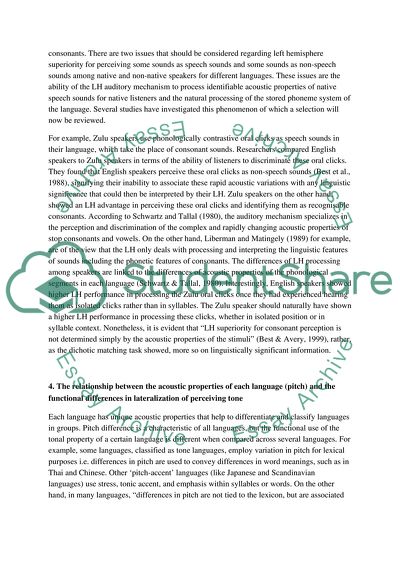Cite this document
(Native Arabic Speakers and English Speakers Dissertation, n.d.)
Native Arabic Speakers and English Speakers Dissertation. Retrieved from https://studentshare.org/education/1726936-laterality-differences-in-arabic-native-speakers-and-english-native-speakers-measured-by-dichotic-listening
Native Arabic Speakers and English Speakers Dissertation. Retrieved from https://studentshare.org/education/1726936-laterality-differences-in-arabic-native-speakers-and-english-native-speakers-measured-by-dichotic-listening
(Native Arabic Speakers and English Speakers Dissertation)
Native Arabic Speakers and English Speakers Dissertation. https://studentshare.org/education/1726936-laterality-differences-in-arabic-native-speakers-and-english-native-speakers-measured-by-dichotic-listening.
Native Arabic Speakers and English Speakers Dissertation. https://studentshare.org/education/1726936-laterality-differences-in-arabic-native-speakers-and-english-native-speakers-measured-by-dichotic-listening.
“Native Arabic Speakers and English Speakers Dissertation”, n.d. https://studentshare.org/education/1726936-laterality-differences-in-arabic-native-speakers-and-english-native-speakers-measured-by-dichotic-listening.


